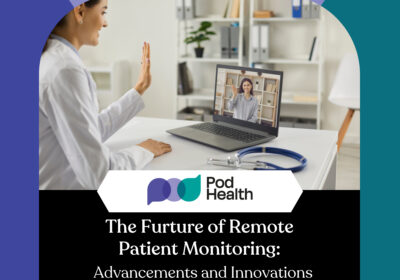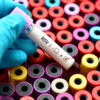- Reduced Healthcare costs: RPM has the potential to reduce healthcare costs by minimizing hospital visits, readmissions, and emergency room visits. By enabling providers to remotely monitor patients, they can respond more promptly, reducing the likelihood of costly complications.
- Managing conditions & illness: Additional studies have shown benefits of RPM in managing diseases such as diabetes, chronic obstructive pulmonary disease (COPD) and congestive heart failure (CHF), high blood pressure, pregnancy complications, short-term illnesses, obesity, sleep apnea, and asthma.
- Improved patient access: With RPM, patients in rural areas can have easier, more consistent access to healthcare. More access means better preventive management for chronic illnesses which results in fewer emergency department visits, hospital readmission avoidance, and reduced hospital length of stays. All of these factors result in reduced risk of illnesses for admitted patients and health care workers. RPM is also a great option for seniors and others living with mobility issues. It increases independence and reduces the time, money, and energy spent in maintaining primary care facilities.
- Improved quality of care: Using RPM, practitioners gain a more comprehensive understanding of a patient's health, which can lead to more accurate treatment decisions, fewer emergency room visits, and more time between in-office visits. This can also facilitate a more individualized approach to healthcare, as RPM can help patients feel more in control of their health by actively participating in the data collection process.
- Increased Health Literacy: By engaging with the data collection process personally, and by adding multiple provider touchpoints whenever there is an abnormal trend or missed dose, providers have the opportunity to cultivate more trusting relationships with and better health literacy among their patients.

The Future of Remote Patient Monitoring: Advancements and Innovations
Post-pandemic medicine has undergone a sea change in the ways that healthcare is delivered. While many of the technologies that were essential to the proliferation of telemedicine existed pre-pandemic, it took the crucible of that event to catalyze the rapid adoption of telemedicine and remote patient monitoring technologies that are fueling the current wave of telehealth-first practices and healthcare services we see today. The convenience and reliability of remote monitoring interactions are accepted and often preferred by some patients and providers in certain scenarios. What is RPM? A promising new development in patient-centered healthcare, remote patient monitoring (RPM) is making its way to homes all across the country. RPM allows healthcare providers to track patients’ vital signs, symptoms, and medication adherence from a distance, improving patient outcomes while reducing healthcare costs. As technology continues to improve and advance, RPM is revolutionizing how medical data is gathered and analyzed and moving a diverse, once-isolated population towards improved quality of care. RPM is gaining popularity in rural areas that are cut off or far-removed from in-person medical facilities and providers. Homebound individuals can access the frequent care they are likely to need without needing to coordinate complicated logistics or spend excessive amounts of time traveling to and from appointments. In short, RPM is easing many of the pain points of what was considered standard healthcare up until this point. As RPM utilization increases, the healthcare industry will adopt additional solutions, creating greater flexibility, consistency, and convenience to achieve both patient and provider goals. Here, we explore the benefits of RPM, the innovations it is making possible in healthcare, and its potential for reshaping the future of healthcare. RPM: What are the benefits and are there any drawbacks? RPM can track patient data such as vital signs, blood pressure, glucose levels, and heart rate. This data is collected through a variety of devices such as wearables, sensors, and mobile apps. The data is then transmitted to healthcare professionals who can monitor the data and make informed decisions about the patient's health. RPM is a valuable tool for providers, with many benefits including:






